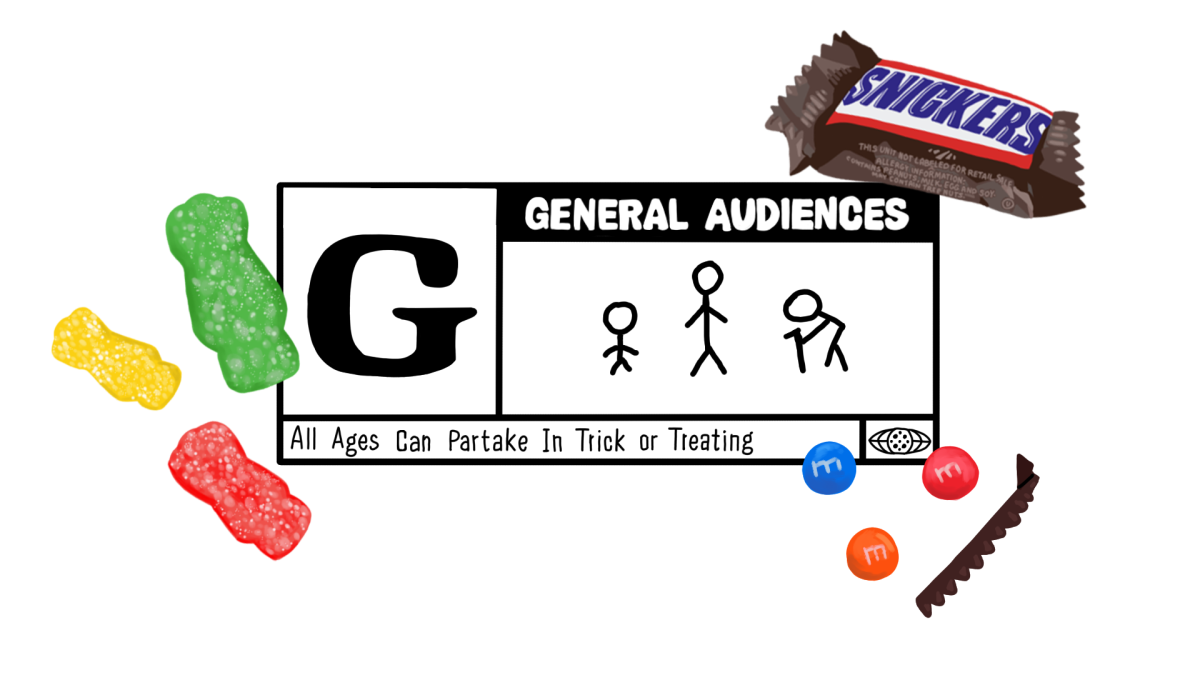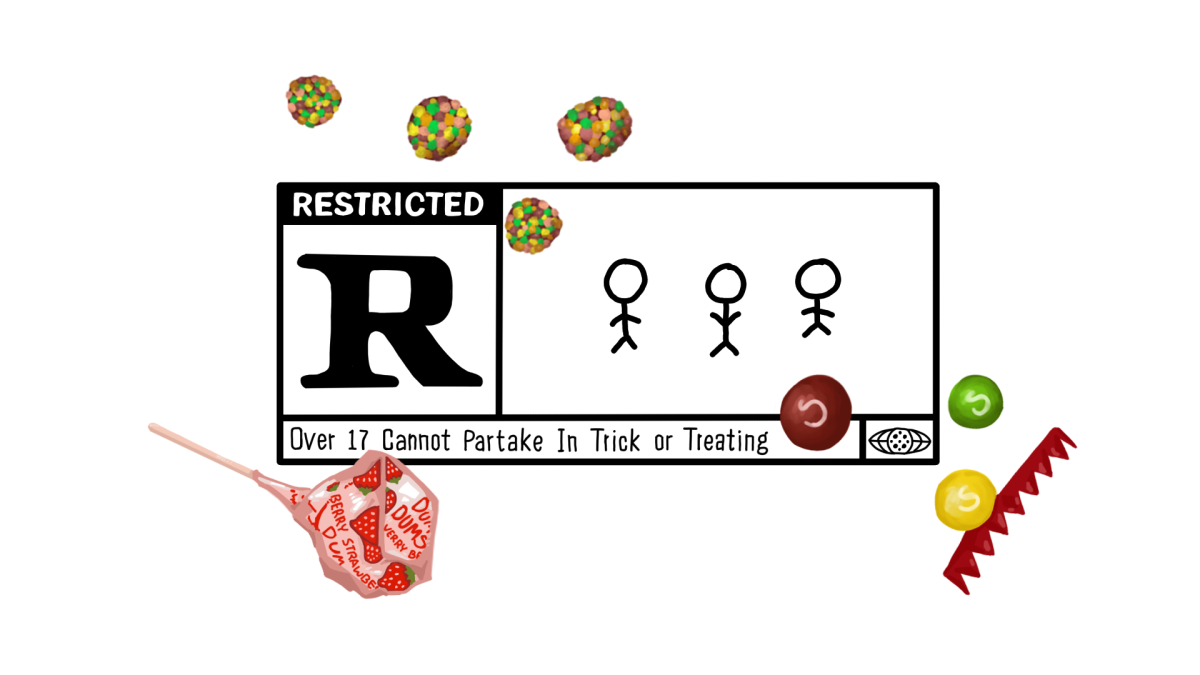The internet has proven to be a great tool, harboring a vast amount of knowledge and platforming easy communication. But when does it stop being a tool and instead act as a hindrance to a child or teenager’s development?
The ever-growing presence of short-form video content on social media sites such as TikTok, YouTube and Instagram has resulted in widespread addiction to these platforms among youth. This is largely due to the fact that these videos are designed to supply people with very short-term satisfaction, leaving people constantly longing for more. Overconsumption of this type of content can result in developmental issues in children, such as a shortened attention span and directed attention fatigue.
One of the culprits of these issues is the way that dopamine works in the human body. Dopamine is known as a “feel good chemical”, released by the human body to reward a person for a pleasurable action. When someone sees a video that they like, they receive dopamine, as their body rewards them with it for doing something that it deems pleasurable. The issue with such short videos providing dopamine is that there is a seemingly infinite amount of them available on the Internet, making it very easy for someone to scroll through them for a long time, “drugifying” dopamine for them.
When someone is addicted to something, the baseline for what satisfies their addiction gets lower with the more they consume, which is true with dopamine as well. Becoming addicted to something as essential as dopamine can be dangerous since it takes away its value in more important situations such as a learning environment. Learning something new stimulates one’s brain to release dopamine, but of course, this process is significantly longer than watching a TikTok on a phone. This leads students to feel as though they must get immediate gratification from learning, and when this expectation is not met, it causes them to lose motivation in their studies.
However, there are many ways that educators can combat this. Interactive and hands-on learning can be very effective in maintaining a student’s attention and encouraging participation, as it is highly engaging and can even allow the teacher to understand how their students think. Students should also take it into their own hands to restore their attention span by setting timers on social media apps, striving to have more face-to-face interactions, or any other strategy that helps limit how much time they spend on social media.
These are just some of the many strategies that can be adapted to reduce the negative effects this sociological phenomenon has on education, and it is imperative to one’s education to be mindful of the time one spends on screens, especially for social media.














